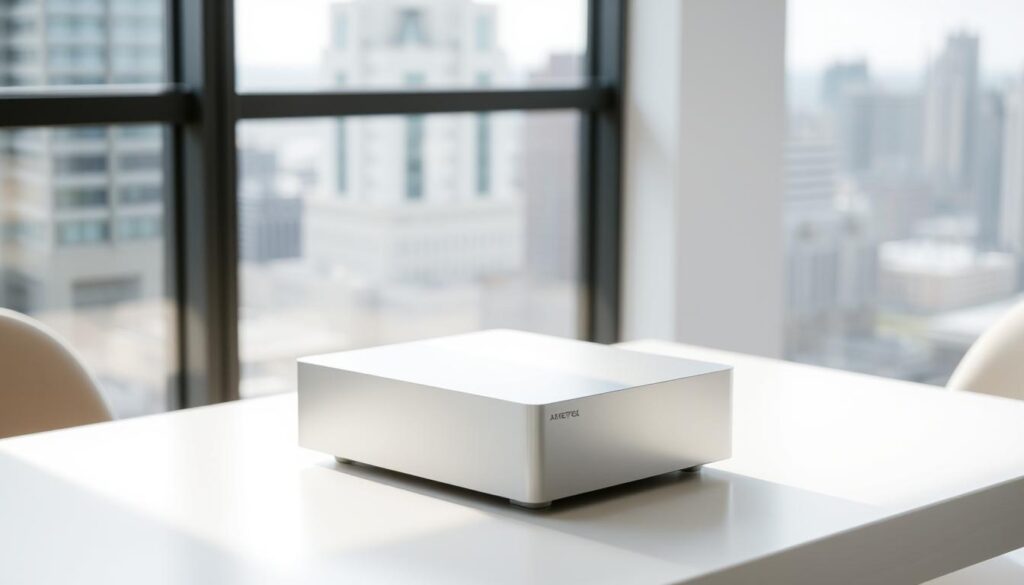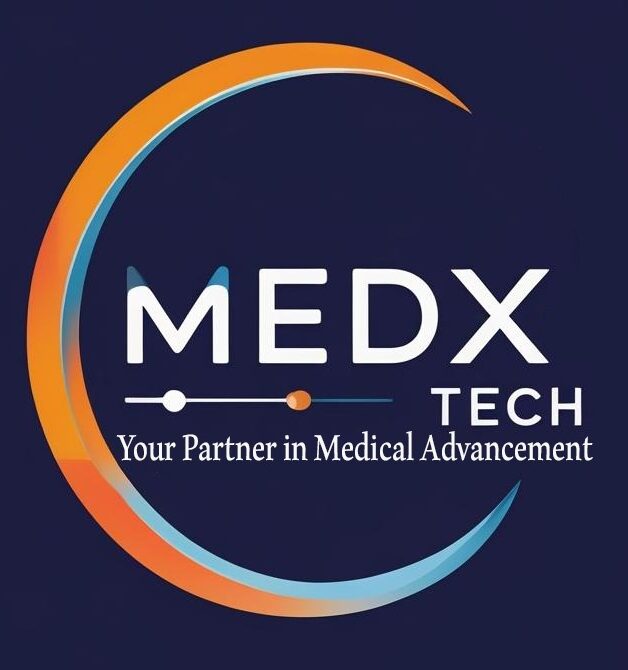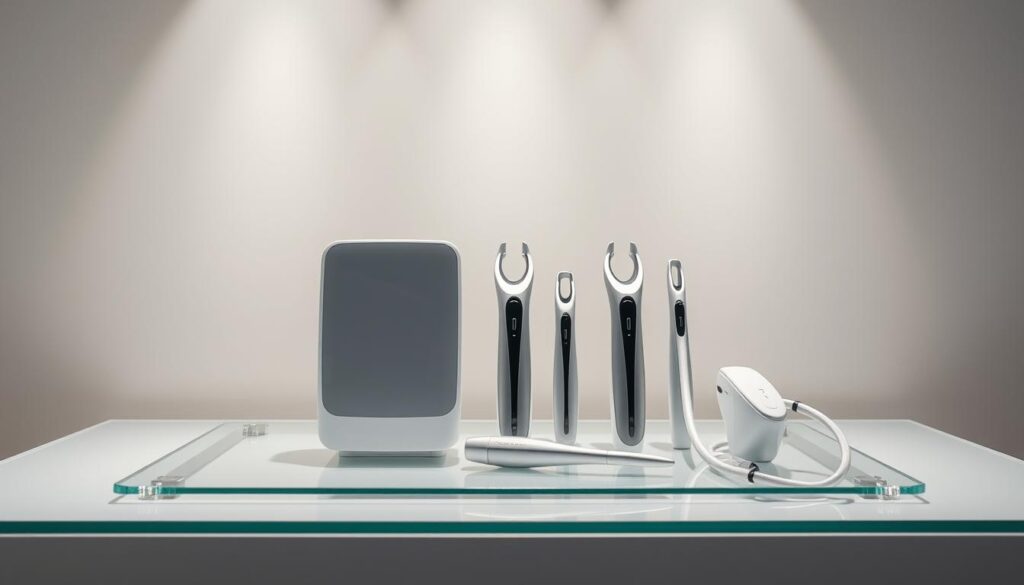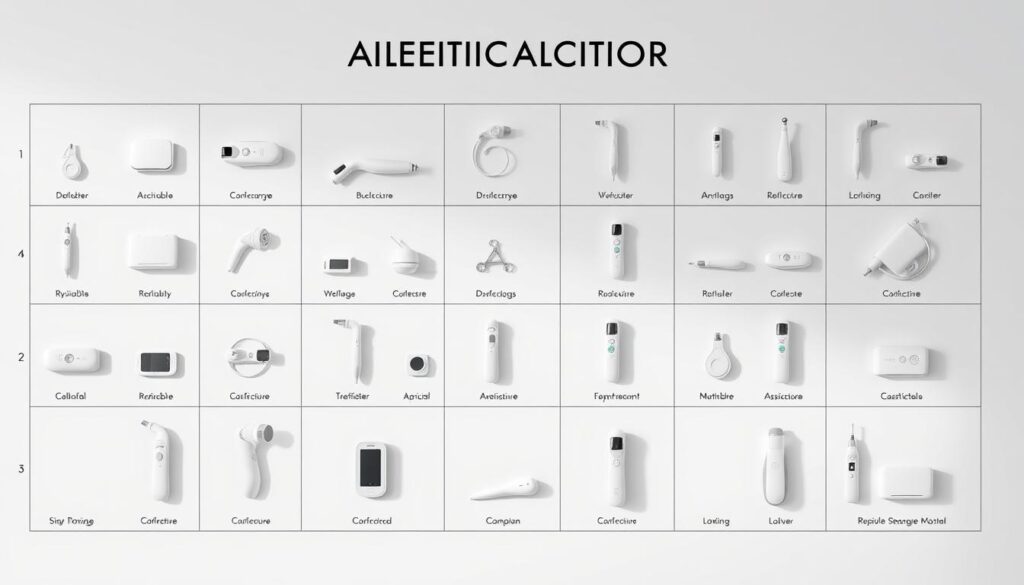EDA Compliance 2025: Your Guide to Aesthetic Device Registration
Are you ready for the changes in aesthetic device rules? It’s important to know how eda compliance2025 will affect your business.
We’ll show you how to register aesthetic devices and get ready for the future. Our guide covers the new rules, how to classify devices, and how to follow them.
Key Takeaways
- Understand the new regulatory framework for aesthetic devices
- Learn how to classify your aesthetic devices
- Discover operational compliance strategies for2025
- Get insights into the registration process for aesthetic devices
- Stay ahead of the competition with our comprehensive guide
The Changing Landscape of Aesthetic Device Regulation

The aesthetic device industry is getting ready for big changes with EDA Compliance2025. It’s important for businesses to understand these new rules. This will help them stay on track in this fast-changing field.
What is EDA Compliance and Why It Matters for Your Business
EDA Compliance means following new rules for aesthetic devices. It’s key for businesses to follow these rules to avoid legal trouble. This also helps them stay ahead in the market.
By following these rules, companies can make sure their devices are safe and work well. This protects their customers and keeps their good name.
Key Regulatory Changes Coming in 2025
In 2025, there will be big changes in how aesthetic devices are regulated. These changes include stricter rules for registering devices, following rules while in use, and checking on them after they’re sold. Companies need to get ready to meet these new standards.
It’s vital for aesthetic device makers and providers to understand and follow these changes. By doing so, they can confidently move forward in this changing world.
EDA Compliance2025: A Practical Guide to Registering and Operating Aesthetic Devices
Understanding EDA Compliance 2025 is key for the success of aesthetic devices. The aesthetic industry is growing, and knowing the new rules is vital. This helps businesses stay compliant and competitive.
Understanding the FDA’s New Regulatory Framework
The FDA has updated its rules for aesthetic devices to improve safety and effectiveness. Changes include new classification systems, stricter premarket rules, and better post-market checks. Businesses must know their device’s specific needs and act to meet these new standards.

How These Changes Impact Different Types of Aesthetic Businesses
EDA Compliance 2025 affects aesthetic businesses differently. Manufacturers must ensure their devices fit the new rules and premarket needs. Distributors need to check if the devices they sell are up to code. Practitioners should understand how these changes affect their work. By grasping these changes, businesses can stay compliant and keep their operations running smoothly.
Classification System for Aesthetic Devices Under2025 Guidelines
Understanding the classification system under the 2025 guidelines is key. The guidelines divide aesthetic devices into three classes. Each class has a different risk level, which affects the regulatory control.
Low-Risk Devices: Class I
Class I devices are low-risk. They include non-invasive lasers and LED devices. These devices need general controls like proper labeling and registration.
Moderate-Risk Devices: Class II
Class II devices are moderate-risk. They need special controls in addition to general ones. Examples are microneedling devices and some dermal fillers. These devices require thorough testing and documentation.
High-Risk Devices: Class III
Class III devices are high-risk. They face the strictest controls. Examples include implantable fillers and certain laser-assisted surgical devices. To comply, these devices need pre-market approval and ongoing surveillance.
The 2025 guidelines classify aesthetic devices as follows:
| Device Class | Risk Level | Examples | Regulatory Controls |
| Class I | Low | Non-invasive lasers, LED devices | General controls, labeling, registration |
| Class II | Moderate | Microneedling devices, certain dermal fillers | General controls, special controls, rigorous testing |
| Class III | High | Implantable fillers, laser-assisted surgical devices | Pre-market approval, post-market surveillance |
Knowing the classification system is vital for following the 2025 guidelines. It helps businesses understand the risk levels of their devices. This way, they can ensure their products meet the required standards.
Step-by-Step Registration Process for Your Aesthetic Devices
The registration process for aesthetic devices is key to EDA compliance. We’re here to help you through it. It’s vital to register your devices right to avoid legal issues and keep your business running smoothly.
Required Documentation and Submission Procedures
To register your devices, you’ll need certain documents. These include device descriptions, labels, and use instructions. Make sure all your documents are correct and complete. Most submissions are online through the FDA’s portal. You’ll need to create an account and follow their steps.
- Device labeling and packaging
- Instructions for use
- Clinical data or performance testing results
- Any other relevant documentation as specified by the FDA
Registration Fees, Timelines, and Processing Expectations
Knowing the costs and times for registration is important for planning. Registration fees depend on the device type and submission. Fees can range from a few thousand dollars for simple registrations to tens of thousands for complex ones.
How long it takes to process varies. Simple registrations might take weeks, while complex ones can take months. Plan ahead and expect delays.
Common Registration Mistakes and How to Avoid Them
One big mistake is submitting wrong or missing documents. Make sure you check the FDA’s rules carefully. Another mistake is not registering on time, which can cause problems.
- Double-check all documentation for accuracy and completeness.
- Submit your registration well in advance of deadlines.
- Stay informed about any changes to the registration process or requirements.
By following these tips and knowing the common mistakes, you can smoothly register your devices. This keeps you in line with EDA rules.
Operational Compliance Strategies for Aesthetic Businesses
Operational compliance is key for a successful aesthetic business. It’s not just about following rules. It’s about keeping safety and quality high while avoiding risks.
To stay compliant, aesthetic businesses need to focus on a few areas. First, making sure staff are certified and trained is crucial.
Staff Certification and Training Requirements
Staff certification and training are vital. Aesthetic businesses must ensure their staff are certified by recognized bodies. They also need regular training to keep up with new techniques and rules.
Training should cover important topics like:
- Device operation and maintenance
- Safety protocols and emergency procedures
- Patient assessment and consultation techniques
Essential Record-Keeping Systems and Documentation
Keeping accurate records is also key. Aesthetic businesses need strong record-keeping systems. These systems should hold all important information, from patient consultations to device maintenance logs.
A good record-keeping system should include:
| Record Type | Description | Retention Period |
| Patient Records | Consultation notes, treatment plans, and follow-up records | 7 years |
| Device Maintenance Logs | Records of device maintenance, repairs, and calibration | 5 years |
| Staff Training Records | Certification records, training attendance, and competency assessments | 3 years |
Adverse Event Reporting and Safety Protocols
Aesthetic businesses need strong safety protocols. This includes clear procedures for reporting adverse events and monitoring safety concerns.
Key elements of an adverse event reporting system include:
- Clear definitions of reportable events
- Timelines for reporting events to regulatory authorities
- Procedures for investigating and documenting adverse events
By following these strategies, aesthetic businesses can meet 2025’s regulatory changes. They can keep safety and quality high while reducing risks.
Technology Solutions for Managing EDA Compliance
To stay ahead in the aesthetic industry, understanding technology’s role in EDA Compliance is key. As we deal with the complexities of registering and complying with aesthetic devices, the right tech can make things easier.
There are many tech solutions for managing EDA Compliance well. These include compliance management software and tools for digital record-keeping and reporting.
Compliance Management Software Options
Compliance management software helps keep up with aesthetic industry rules. Look for software with these features:
- Automated Updates: Keeps you informed about new compliance guidelines for aesthetic devices.
- Document Management: Helps organize and store important EDA Compliance documents.
- Training and Certification Tracking: Tracks staff training and certification for operational compliance.
Digital Record-Keeping and Reporting Tools
Digital tools for record-keeping and reporting are vital for keeping accurate and accessible records. They also help with reporting adverse events and safety protocols. The benefits include:
- Improved Accuracy: Reduces human error in record-keeping.
- Enhanced Accessibility: Makes records easy to find for audits or inspections.
- Streamlined Reporting: Makes it easier to submit reports to regulatory bodies.
By using these technology solutions, aesthetic businesses can meet current regulations and be ready for the future.
Conclusion: Positioning Your Aesthetic Business for Success in2025 and Beyond
As we wrap up our guide to EDA Compliance 2025, it’s clear that getting ready for new rules is key. Understanding the new rules and setting up your devices right will help your business grow. This way, you’ll meet the eda compliance2025 standards.
Using the right strategies and tech solutions is also vital for staying compliant. We urge you to act now to be ready for 2025 and beyond. This will help you make the most of the new opportunities.
By keeping up with changes and adapting, your business can succeed. Focus on eda compliance2025 and aesthetic business compliance to move your business forward.
FAQ
What is EDA Compliance2025, and how does it affect our aesthetic business?
EDA Compliance2025 is a new set of rules for aesthetic devices. We must follow these to stay competitive and legal. We’re here to help you navigate these changes.
What are the key regulatory changes coming in 2025 that we need to be aware of?
Expect updates to device classification, new registration rules, and better compliance strategies. We’ll explain these changes and how to adapt.
How do we classify our aesthetic devices under the 2025 guidelines?
Devices are classified as Class I, II, or III based on risk. Knowing the requirements for each class is crucial. Our guide will help you understand the process.
What is the step-by-step registration process for our aesthetic devices?
The process includes submitting documents, paying fees, and following timelines. We’ll guide you through it, pointing out common mistakes to avoid.
What operational compliance strategies should we implement to ensure EDA Compliance2025?
Focus on staff training, keeping accurate records, and reporting adverse events. These steps help minimize risks and ensure safety and quality.
Are there technology solutions available to help manage EDA Compliance?
Yes, there are software and digital tools for managing compliance. These can make our processes more efficient and accurate.
How can we ensure our aesthetic business is positioned for success in 2025 and beyond?
By understanding new rules, registering correctly, and following compliance strategies, we can grow. We’re here to support you every step of the way.
What are the benefits of achieving EDA Compliance2025 for our aesthetic business?
Compliance ensures we operate safely and legally, reducing risks. It also boosts our reputation and competitiveness.
How can we stay up-to-date with the latest regulatory guidelines and aesthetic industry regulations?
Check the FDA’s website regularly and consult with experts. This way, you’ll always be informed about new changes and guidelines.
What are the consequences of non-compliance with EDA Compliance2025?
Non-compliance can lead to fines, regulatory actions, and damage to our reputation. We must stay proactive to avoid these issues.
Can we get support for registering our aesthetic devices and ensuring compliance?
Yes, we offer guidance and support for registration and compliance. Our goal is to help your business succeed in the changing regulatory landscape.



